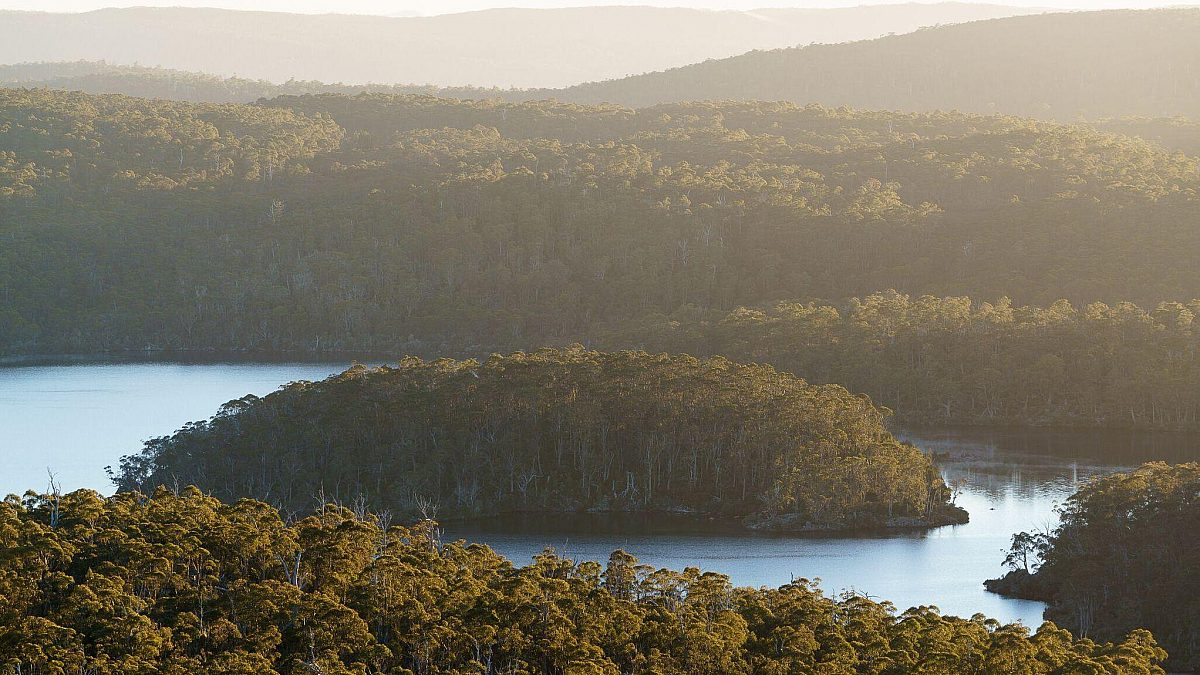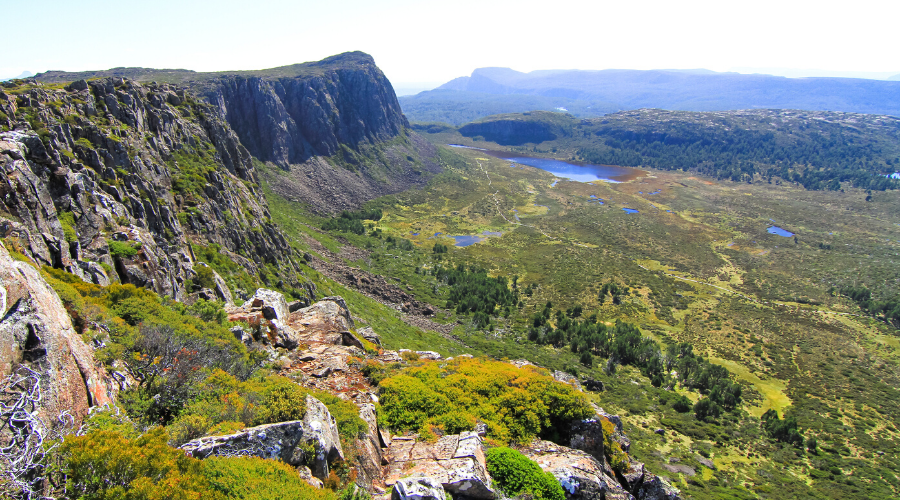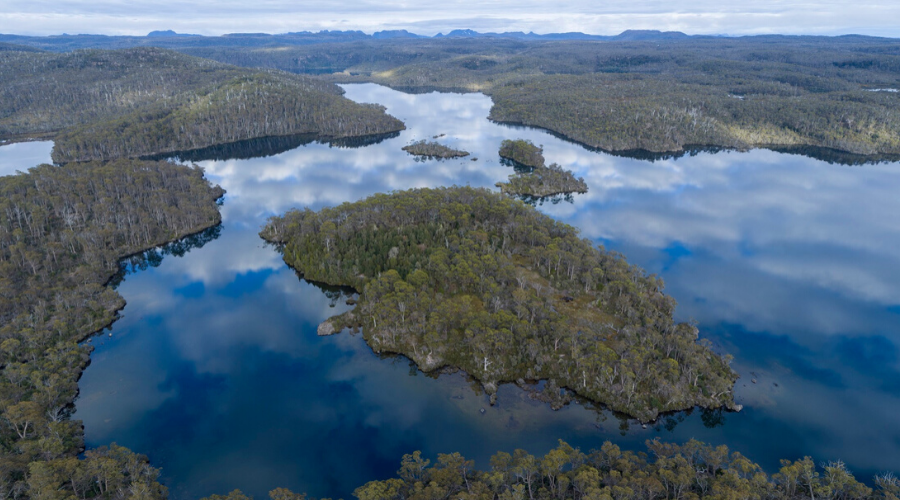
Why Tasmania's World Heritage is so unique
Tasmania Campaign Manager Tom Allen explains why the state's World Heritage is so special, and why a ruling around a development for Lake Malbena is so critical.

What if there was some measure or metric that proved just how special lutruwita / Tasmania really is, just like all those smug wilderness-loving Tasmanians keep claiming?
Well, actually, there is. Tasmania, or at least the 20% of it that is classed World Heritage wilderness, is classified World Heritage because its Outstanding Universal Value meets several of the 10 World Heritage criteria. The Tasmanian Wilderness World Heritage Area meets three cultural and four natural criteria.
Nowhere else on the planet has its combination of World Heritage values. It is truly unique, world class and the best of the best. And in terms of a metric or measure that proves it, the World Heritage criteria are it. The only other place that comes close is Mt Taishan in China.
The cultural and ecological descriptors of why Tasmania meets these criteria should be required reading for every Australian because they are a beautiful evocation of Tasmania’s wilderness values.
For example, because of its rich Aboriginal heritage, it meets criteria III, which requires it “to bear a unique or at least exceptional testimony to a cultural tradition or to a civilization which is living or which has disappeared”. In terms of natural criteria, it meets number criteria VII, which requires it “to contain superlative natural phenomena or areas of exceptional natural beauty and aesthetic importance”.
One of the most achingly beautiful parts of this world class wilderness is Walls of Jerusalem National Park (pictured top). The name commands respect, but not for everyone it seems, for this is the location of Lake Malbena and the 10-hectare Halls Island on its serene waters. This place has become a lightning rod in a David-and-Goliath battle, with the community opposing the Tasmanian Government’s plans to privatise national parks. In Tasmania, the government has created a tourism EOI process to facilitate private sector proposals it can then fast-track. There are about 30 or so proposals in this pipeline, destined to be built inside Tasmania’s national parks.

Some tourism operators, the State Government and the island’s peak tourism body, the Tourism Industry Council of Tasmania, are pushing relentlessly for the commercialisation of national, World Heritage parks, despite the apparent total lack of social licence.
In December 2021, developer Wild Drake finally dropped its proposal for helicopter-accessed accommodation on Halls Island in Lake Malbena, deep within the TWWHA. Supported by you, we were able to challenge this disastrous proposal in the Supreme Court, which found in the Wilderness Society’s favour.
Inappropriate accommodation on Halls Island to cater for helicopter tourists will effectively privatise the island, exclude everyone else and degrade World Heritage wilderness.
The Tasmanian Government’s parks privatisation policy remains on the table and continues to invite proposals that breach the TWWHA management plan. This is as unethical as it is irresponsible.
Together, we will keep pushing Premier Jeremy Rockliff to end his Government’s parks privatisation policy and to recognise that people don’t want public national parks privatised.
We cannot allow inappropriate private commercial tourism proposals that are in the EOI tourism pipeline and designed for Tasmania's national parks and World Heritage wilderness to be waived through, against community wishes. Without a transparent and rigorous environmental assessment process we will risk trashing some of the world’s most beautiful and important natural and cultural environments. ‘Development’ begets more development. This is the thin end of the wedge argument.
This is why Malbena matters so much. We will never abandon Tasmania’s world class natural wonders, our shared National Parks and World Heritage areas. It’s too special. We hope, in time, that Tasmania’s government and tourism industry recognise this. If they do it will mean that in the future, tourism, conservationists and communities can work together on protecting the special places people come to see, instead of exploiting and privatising them.